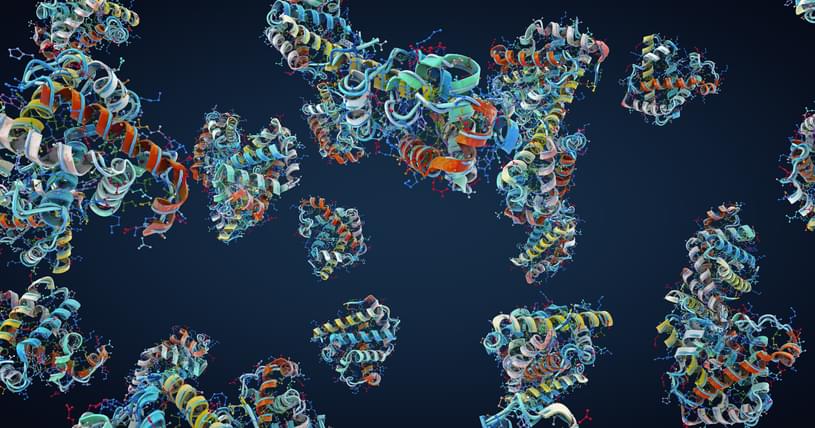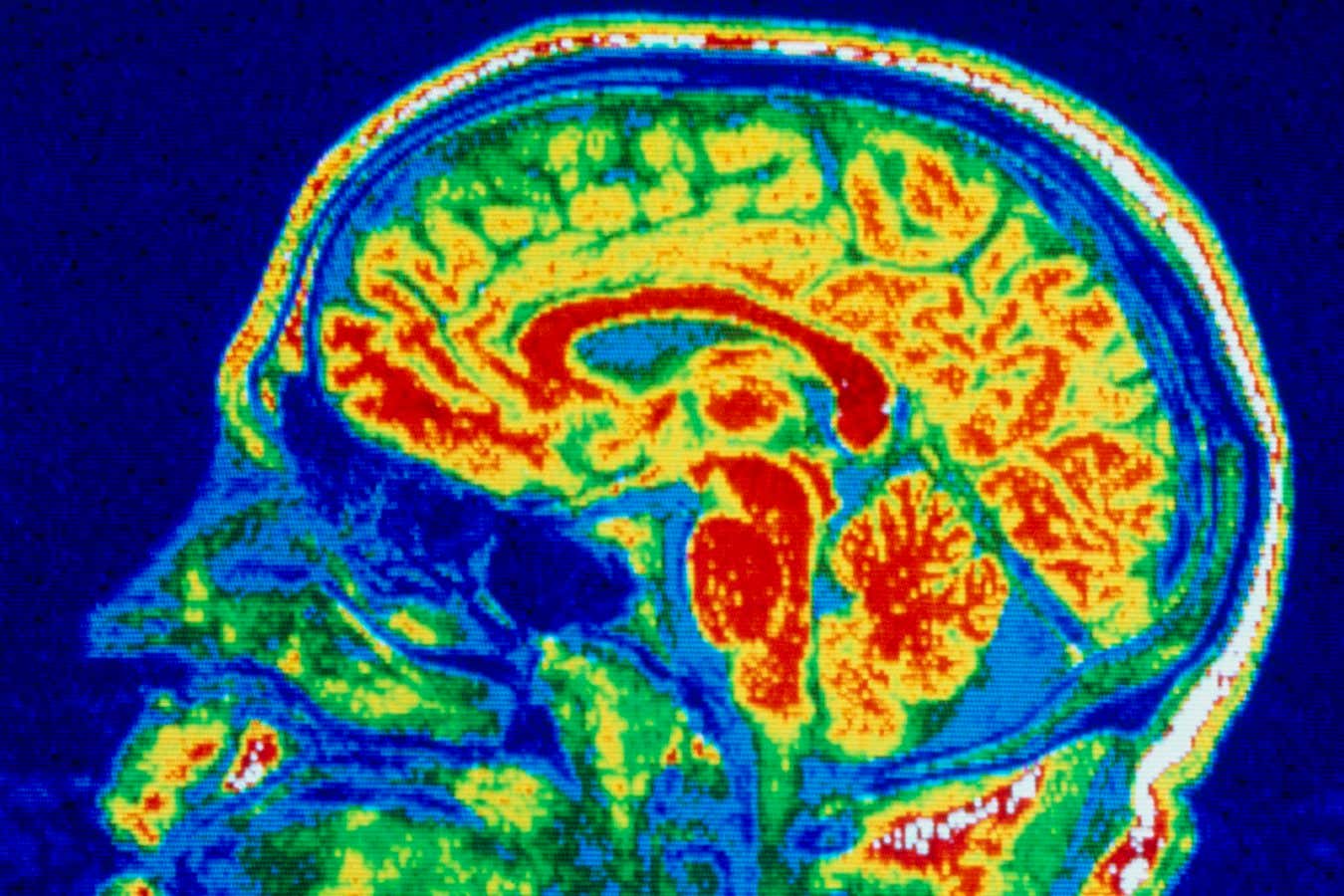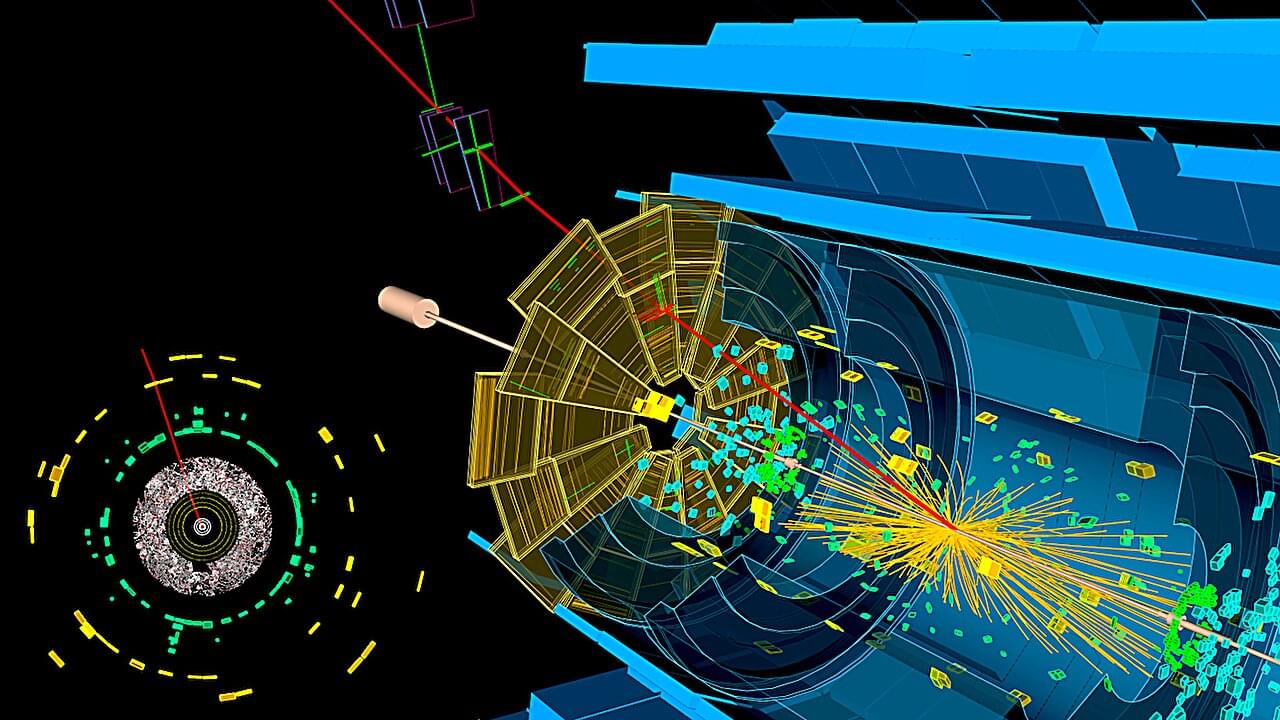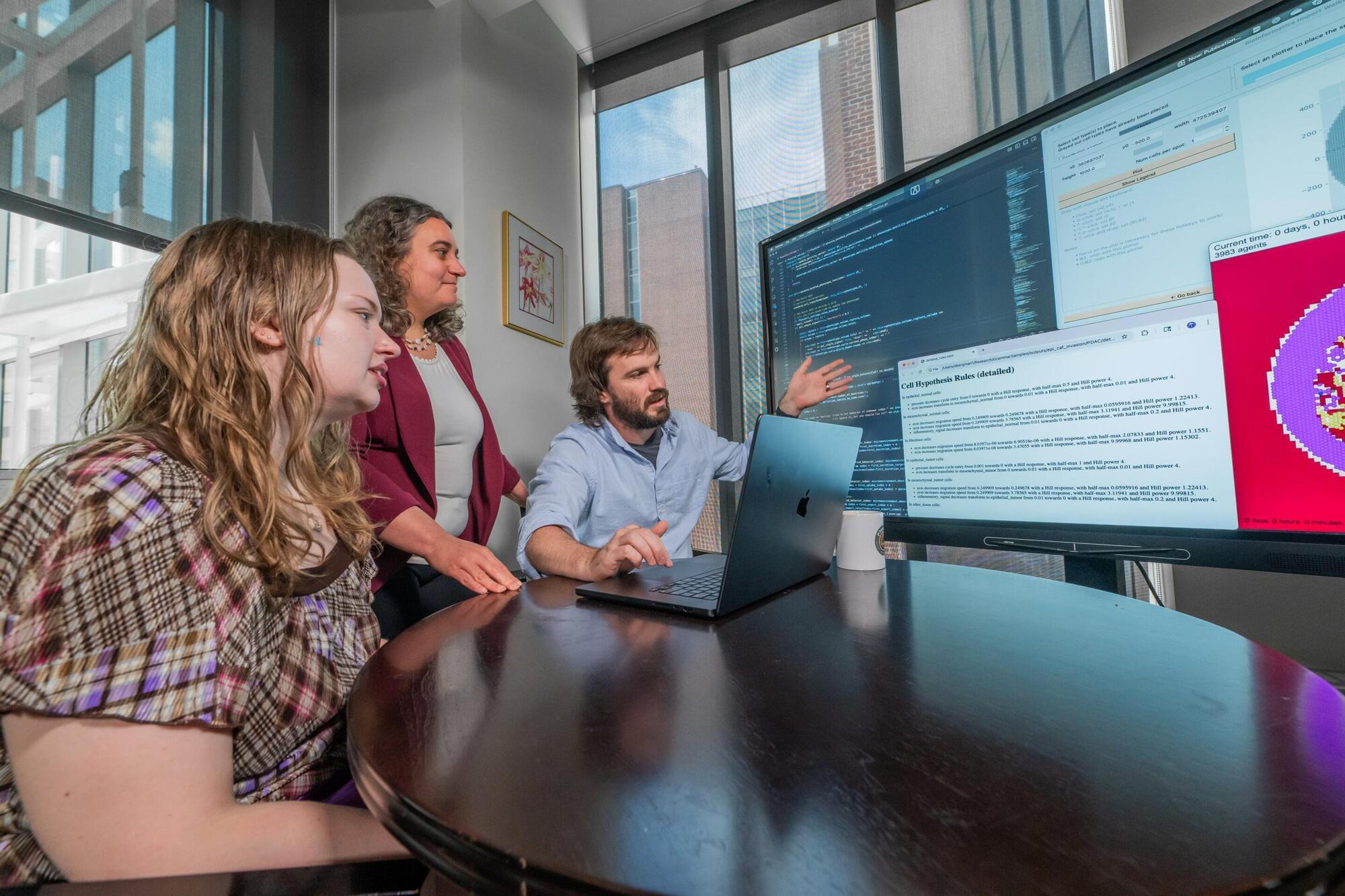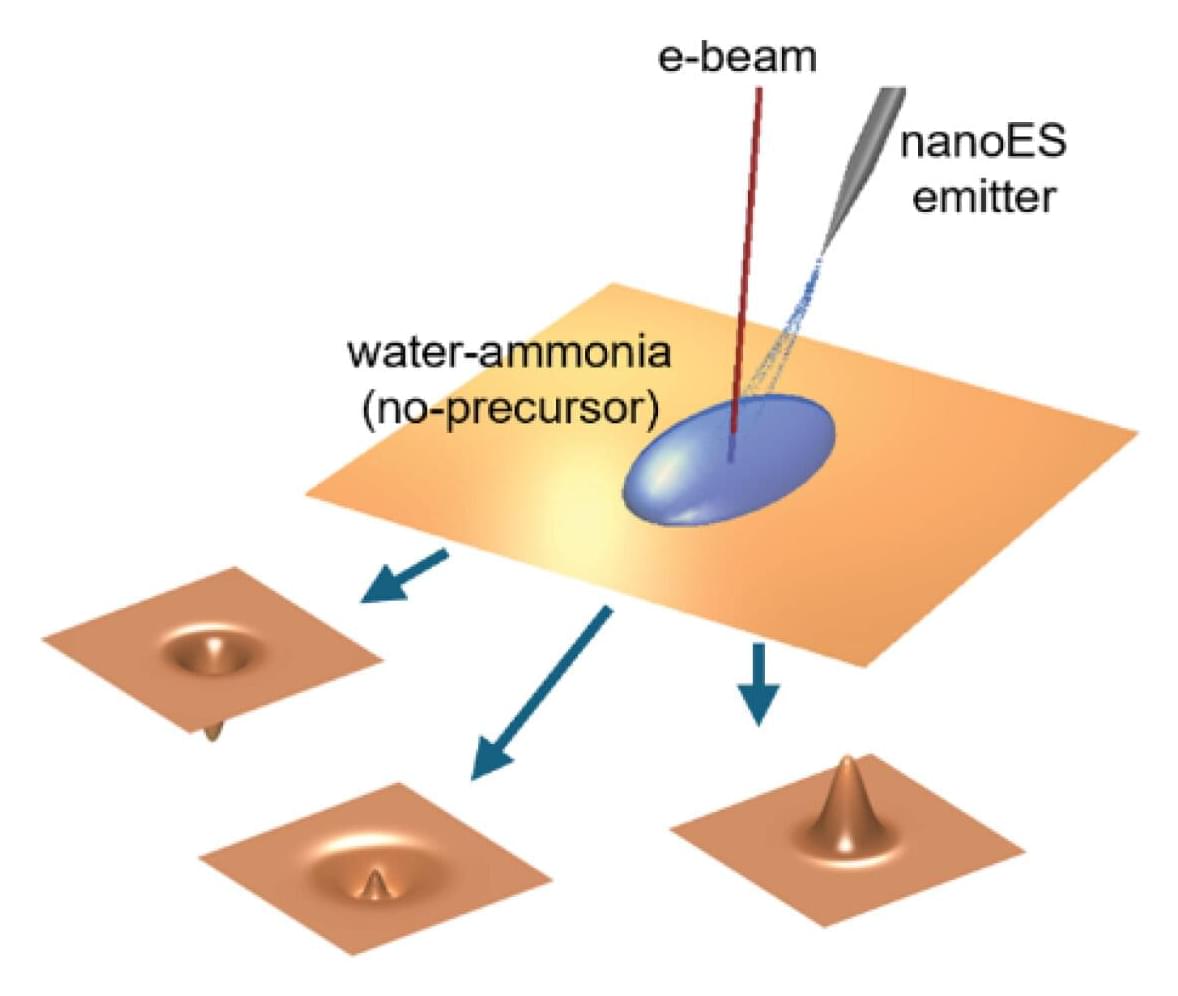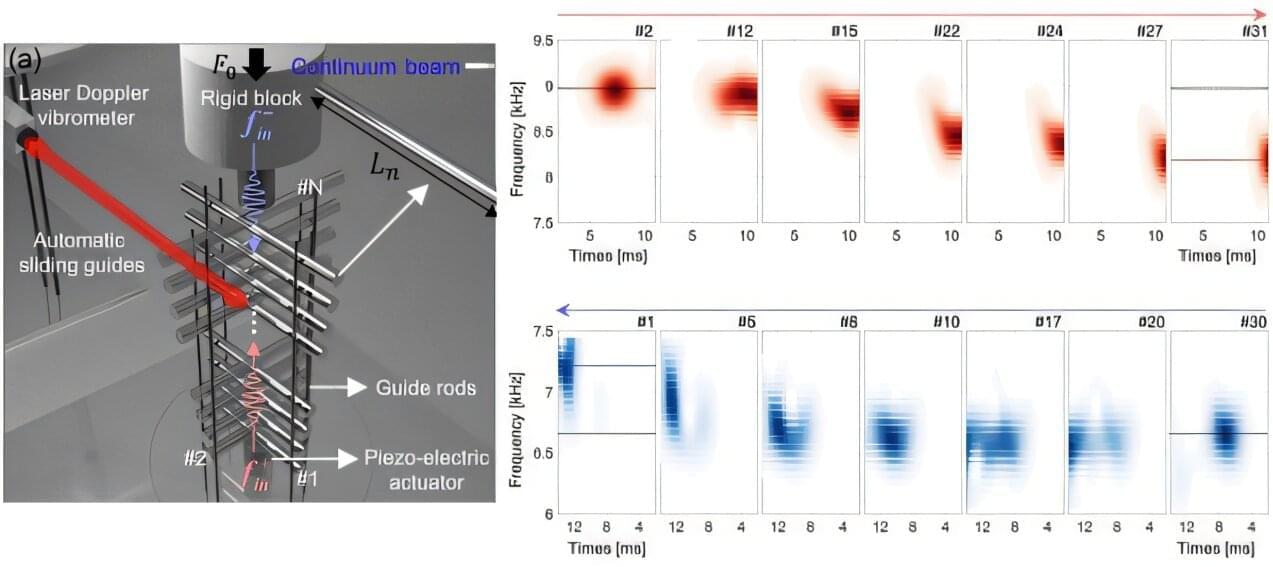Interestingly, the model remained accurate despite the diversity of natural domains and the divergence over such a long time span—some domains sharing less than 25% of their sequences between species.
“Evolution didn’t have to sift through an entire universe of sequences. Instead, the biochemical laws of folding create a vast, forgiving landscape for natural selection,” said Escobedo.
The field of protein engineering and design often relies on the concept that making small incremental changes to structure, followed by experimentally screening variants, is necessary. However, with the increasing use of machine learning and AI, this expectation is increasingly being pushed aside. The present work suggests that while not all proteins with significant core changes are functional, large-scale redesigns, including changes to core domains, may retain stability, challenging assumptions that such regions are off-limits.
